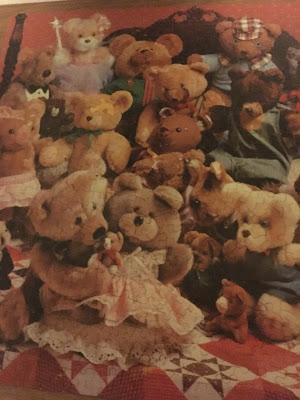Earlier this week, I had an opportunity to participate in a virtual presentation to school leaders here in Hawaii. The topic was “Avoiding Burnout.” Since the pandemic began a year ago, I know that many educators, especially school leaders, have been feeling stressed as the requirements of their job have changed drastically and will continue to change.
Burnout is defined as the emotional, physical, and mental exhaustion caused by stress. No doubt, many school leaders have been on the verge of burnout during these challenging times. My presentation to the school leaders was not about data or studies about burnout; rather my suggestions were based on my own experiences as a principal.
First, we can’t pour from an empty cup.. I remember those days when I forgot to eat lunch or munched on unhealthy snacks when I was hungry. Instead of drinking water, I would get a soda from the vending machine. As I was getting ready to leave for home, I’d realize that I hadn’t made a dent in my goal of taking 10,000 steps each day. At night, I would toss and turn as thoughts raced through my head about what I needed to do, and on the weekends, I would go to the office because I knew it would be quiet and I could get things done. Sometimes, we get so caught up in the responsibilities of our job that we forget to take care of our basic needs - eating healthy, drinking water, exercising, getting a good night’s sleep, and relaxing. We need to fill our cup throughout the day, every day. Remember, we can’t pour from an empty cup.
Second, we all need a support group or network of colleagues whom we can call on when we have a question, a concern, a challenge, when we want to share something exciting happening at our school, or when we just want to talk. Connecting and sharing information is especially important during these challenging times. The principalship can feel like a lonely job because there’s only one principal at each school. But there are 287 public schools in Hawaii, and each one has a principal, and there is lots of expertise amongst our school leaders. Just as we ensure that our teachers have opportunities to collaborate and to support each other, our school leaders need to have those opportunities as well. And we need to share; don’t keep good ideas to yourself! It doesn’t have to be in-person; my go-to for professional development is Twitter, and I’ve learned so much from colleagues, not just in Hawaii, but throughout the country as well. Make time to learn with and from each other.
Third, prioritize. Being a principal meant understanding what was best for our school. I encouraged our staff to be innovative and to think out-of-the-box and then to share with their colleagues. How do we balance our own vision of what our school could be with statewide directives or complex-wide initiatives? I compare this to a buffet line where everything looks good so we take a little of this and a little of that, and by the time we get to the end of the line, there’s not much room for the main dish. Our plate is so full that we can’t possibly eat everything. I learned to prioritize and to advocate for our school. What is the priority for your school community at this time? It may mean putting an idea on hold until later, or it could mean delegating a project to a vice principal, a committee of teachers, or even a committee of students. As a principal, we should be looking to build the leadership capacity of others. This is a great opportunity to do so.
Finally, take care of yourself . This part of my presentation was very personal as I shared about our son Jarand who passed away in May 2018 from Chronic Kidney Disease caused by high blood pressure. (Read about it here: Aloha, Jarand.). My husband Randy and I have made it our mission to share Jarand’s story and to remind people about taking care of themselves. As Randy says, “Superman and Wonder Woman are comic book characters. You are not a comic book character, and you are not invincible.” So take care of yourself so you can take care of others.
I ended with a call to action to all of the school leaders. Now that schools were forced to change due to the pandemic, this is the perfect time to discuss how to make schools more relevant in this, the 21st century. We need to ask some tough questions: How will we ensure that ALL students have access to a quality education? How will schools reconfigure teaching and learning now that we know there are other options besides face-to-face, in-person learning? How can we ensure that our student learners have opportunities to create their own learning, learning that is meaningful and impactful to them? Is there a more reliable, less costly, and less time-consuming way to rate our school besides high-stakes tests? And perhaps most important, how can the voice of the principal be heard to make meaningful changes in our educational system? We need to have these kinds of discussions. Our world is changing rapidly, and we cannot keep teaching the way we were taught in school. Schools should be preparing students for their future. As John Dewey said, “If we teach today’s students as we taught yesterday’s, we rob them of tomorrow.”


